About the Blog: Krem Chympe is the 5th longest cave in India. Hidden in the forests of Jaintia Hills, Krem Chympe and Chympe Waterfalls are two such places that had us completely amazed. This time we were out exploring some unseen and offbeat places in Meghalaya, especially in the Jaintia and Garo Hills. This led us to Krem Chympe. Read the blog to know about Krem Chympe and Chympe Waterfall, how to reach the place and our experiences there.
There was only one thing that came to my mind when I saw the mystifying entrance of the cave in front of me – I wish I could go in there! Krem Chympe or the Chympe Caves stood in front of us with its secrets hidden within its inky darkness. The faint sound of the Chympe Waterfalls was perhaps heard from a distance. The limestone formations hanging at the vast entrance of the colossal cave looked surreal. The entrance of Krem Chympe is framed with emerald green vegetation as droplets of water dripped down into the turquoise pool below. The rays of sun falling on the cave made it look enchanting. It was a sight to behold; a sight where you can look mesmerised.

We were standing on top of a huge boulder in front of Krem Chympe, the fifth longest cave in India.
Whenever I think I have seen the best in Meghalaya, the place surprises me with something new!
Krem Chympe – What is it?
“Krem”, in the local Khasi language means “cave”. There are quite a number of caves in Meghalaya. Those of you who have visited Cherrapunjee are quite aware of the well known caves of Meghalaya like the Mawsmai Cave and the Arwah Cave. The Jaintia Hills in Meghalaya has quite a number of caves that are relatively unexplored, Krem Chympe being one of them.

Krem Chympe perhaps can be called a symphony of nature. A place where water meets limestone and sandstone hills, nature has worked over millions of years creating some wonderful cave systems. Krem Chympe is one such river cave and is particularly special.
Krem Chympe is a resurgent cave. The river has gone underground and at some other point has resurfaced at the mouth of Krem Chympe. The local Hmar/ Mizo community refers to this spot where the water emerges as Sielkan – Pielkhlieng Pouk.

Inside Krem Chympe, the river flows horizontally. In 2016, Meghalaya Adventurers’ Association under Abode of the Clouds Expedition Project explored and mapped about 19 km of the cave. However, there are more to be explored.
Krem Chympe has nearly 50 natural dams along the main river passage inside it, mainly formed by the high concentrations of calcium carbonate in cave water, deposited as sediment along the edges of pools of water. Some of these dams are almost 12m high and the natural pools are 8m deep.
Like in most limestone caves, there are several fascinating limestone formations inside Krem Chympe as well. Lotus-shaped formations are found at the edge of the pools.
Krem Chympe is also the home to the largest cave fish in the world. The cave is also inhabited by a huge colony of bats, just like the Siju Caves in Garo Hills of Meghalaya.
How to Reach Krem Chympe, the 5th longest cave in Meghalaya?

When we knew that we were travelling to Krem Chympe and the Chympe Waterfalls, I promptly looked at Google Maps for directions. The maps did not provide any conclusive results. All the names that I got were Khaddum and Khaddum Shympe Falls, with no mention of Krem Chympe or Chympe Caves. It further reaffirmed my belief that Google Maps do not really work well in Meghalaya. It had actually taken me to some very different roads in Shillong itself!
So, if you are planning on visiting Chympe Caves, it is better to take the help of local people.
Where is Krem Chympe Located?
Krem Chympe is located in the East Jaintia Hills of Meghalaya. If you are coming from Shillong, you have to first come to Lumshnong. Just after crossing the Lumshnong Toll Plaza, there is a diversion to the left that will take you to Brishyrnot village. You have to take the diversion and reach Brishyrnot. The distance from the main road to Brishyrnot village is about 5 km, but the condition of the roads is not that great. A car with a good ground clearance is recommended.
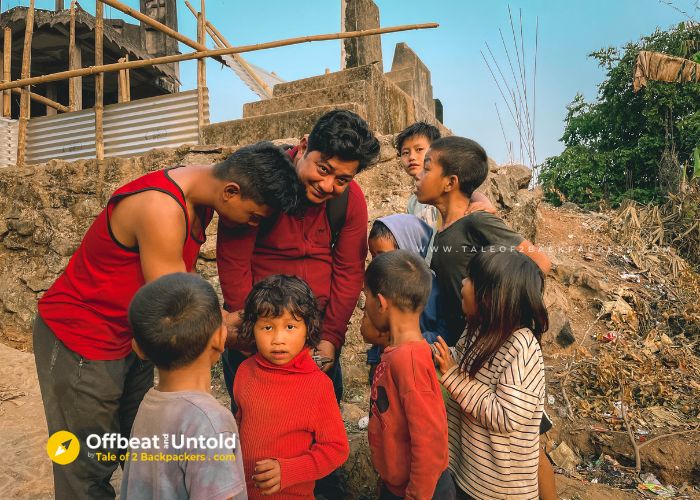
From Brishyrnot, there are two ways by which you can reach Chympe. You can either trek or take a 4-wheel drive.
Trek to Krem Chympe
The trekking trail from Brisirnot to Chympe is approximately 5 km. But, I am never quite confident in the distances measured in trekking and hiking trails. It can be more or even less than 5 km. The initial trail is downhill till you reach the hanging bridge over the Wah Lukha River.

After crossing the river, the trail is through the forest and it is an uphill ascending trail.
You will reach a point from where the trail bifurcates to Chympe Waterfall and Krem Chympe. This is also the point upto which the 4X4 vehicle can come. After this point, you can take the downhill trail to reach in front of one of the most gorgeous waterfalls I have ever laid my eyes on – the Chympe waterfall.

The other trail will take you to Krem Chympe. But let me warn you, this trail is very tricky.
Krem Chympe by 4-Wheel Drive

Alternatively, you can take a 4-wheel drive and reach Khaddum village, located about 5 km from Brishyrnot (once again, I am not quite confident with the distances) and then drive further to the junction point. The rest is the same.
Our Experience
Well, it was our fifth or sixth time in Meghalaya in Northeast India. Previously, we had explored the known as well the offbeat places in Khasi Hills (there are so much more to explore) and this time we decided to explore some unexplored places in the Jaintia Hills and Garo Hills of Meghalaya.
We had arrived the previous day at Jowai and literally got bowled over by the Phe Phe Falls. It was the second day of our Offbeat Meghalaya Road trip and we started from Jowai early in the morning towards Lumshnong.

We were driving through the industrial area of Meghalaya – an area where several cement factories were spread across. This is where we witnessed the conflict between development and ecological sustenance. The cement factories provide employment to the locals and improve their living conditions. It is also responsible for better roads and infrastructure. But these factories are also the cause of worry, as they mine voraciously for limestones impacting the forest cover as well as the ecological balance of the area. However, this is not the scope of this blog. And so we move to our experiences on the road.
After almost 2 hours of driving, we reached Lumshnong. There were several signages pointing towards different caves in the area. It was clear that this area has a lot of limestone caves. Soon we reached Lumshnong Toll Plaza. Just after crossing the toll plaza, there is a diversion on the left. We took the diversion towards Brishyrnot village. The distance to Brishyrnot is not much, but the road is quite rough and bumpy.
Brishyrnot Village
We reached Brishyrnot within 30 minutes. Brishyrnot is a small village with a few houses. The villagers raise crops of broomsticks and that was evident from the broomsticks left to dry.
We spent some time at Brishyrnot and got a packed lunch from the village. We decided to do a bit of off-roading and so got on a 4-wheel drive for our journey towards Chympe.

The offroading started and it was quite a bit of a bumpy and adventurous ride. After about 40 minutes, we came to the Wah Lukha River bank. We spent some time there looking at the beautiful river. The hanging bridge was seen at a distance. We would have had to cross the hanging bridge if we had trekked.
Our 4X4 vehicle crossed the river and then the drive was through the green forests. The last part of the drive was through bamboo forests. After a tiring and bumpy ride of another 45 minutes, we reached Khaddum village. It is another small village, just like Nongriat.

A few villagers from Khaddum were going to the Chympe Waterfalls. Apparently, they were going to clean up the place. They hopped on our vehicle and together we travelled.
Soon we reached the point where the path to the cave and waterfall bifurcates. We decided to go to the waterfall first.
Chympe Waterfall

We hiked down a little and soon I saw one of the most gorgeous waterfalls I have ever seen. It was green everywhere and the water was falling down in a lazy spray to the green pool beneath. The entire landcspe just looked like a postcard. It could have been a desktop wallpaper as well! The green pool looked like a perfect place for a dive in.

We spent some time there and had our lunch by the waterfall.
We saw the villagers on a cleaning spree. They were collecting the garbage and lots of beer bottles that were strewn around the waterfall. It was sad to see that the visitors to this waterfall left so much litter behind.
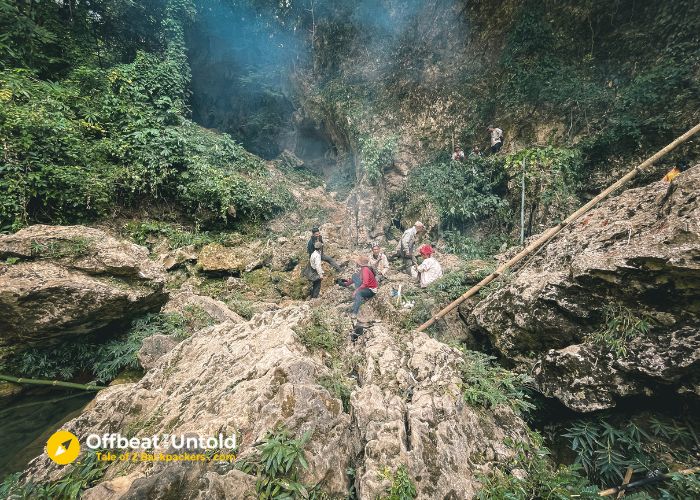
The locals, while cleaning the place, also prepared tea. They offered us and we had tea in bamboo glasses sitting in front of the Chympe waterfalls. What an experience!
We came to know that the locals of Khaddum village were proposing an entry fee to the waterfall. At the present, they only come and clean the area a couple of times in the month. If there is an entry ticket, it will incentivise the villagers as well.
Krem Chympe or Chympe Caves

After spending quite some time at the Chympe waterfalls, we started our hike towards Krem Chympe. The trail towards Krem Chympe is treacherous. Infact, there is no clear path towards the cave. We had to climb over tree trunks. Some sections were pretty scary. A misstep can take you tumbling down the limestone cliff.

There were some huge boulders as well that we had to cross. After passing a particularly tricky portion, we were rewarded by the sight of the entrance to Krem Chympe. And what a sight it was! If you have read the introduction of this article, you can understand what I am saying.
The entrance to the cave stood like an impressive art of nature. We had to jump across another huge rock to get over another rock from where we got a proper view of the entrance of the cave. We could see the river flowing out from the mouth of the cave. It was a spectacular sight.

If you want to go to the entrance of the cave, you have to jump across a couple of boulders and squeeze yourself through two rocks and reach the mouth of the cave. There is an elevated boulder right in front of the cave from where you can get a great view of Krem Chympe. To reach the boulder, there was a makeshift bridge made of only one bamboo! I was quite sure that it would not hold my weight.
You can enter the cave if you can swim. There was a bamboo raft at the entrance of the cave. The locals usually use that to venture inside the cave. You can also do so. There are multiple pools inside the cave. The depth of these pools increases gradually and so it is advisable to use a life jacket if you are going inside the cave. If you have a snorkeling instrument, you can venture inside the cave and pools as well.

I would also recommend you to take a guide if you are going inside the cave. The cave is yet unexplored and no one really has much idea what one can encounter inside. You can go a little distance inside the cave. For exploring the cave, you will require proper caving equipment.
Back to Khaddum

We spent some time at Krem Chympe and then started back on our journey towards Khaddum village. as I walked through the bamboo forests, I kept on thinking about the wonders of nature, the cave that looked so mysterious and the magnificent waterfall that we just saw.
We reached Khaddum and from there got onto our vehicle and drove back to Brishyrnot. Once we reached there, we visited the local shop for a cup of tea and snacks. It was almost 5PM by the time we started from Brishyrnot. We drove back to Jowai and this time it took us almost three and a half hours to reach our destination. The day was tiring, no doubt, but was thrilling and fulfilling. Chympe Waterfalls and Krem Chympe are places that we will forever remember.

What is the best Time to Visit Krem Chympe?
The best time to visit Krem Chympe is between November and March, when the temperature is cool and dry. There is less rainfall and so the trekking trails are in better conditions.
Chympe Waterfall and Krem Chympe Video
Here is a visual treat of the place.
Things to Remember While visiting Krem Chympe
- Both Chympe Waterfalls and Krem Chympe are relatively remote. If you are looking for public transport to visit these places, then you are in for a disappointment. The best you can do is to get public transport from Shillong to Jowai. After that, it is better to take the help of local guides.
- If you are planning to take your own car, please use any with a higher ground clearance. You can follow the direction I gave in the “How to reach” section. If there are any doubts, ask the locals. Google Maps are unreliable in these areas.
- Do not litter the place. If you are carrying food or drink, please get it back with you. Leave only footprints!
- If you do not know how to swim, do not jump or venture into the waters, both in the pool of Chympe waterfall and in front of Krem Chympe. Only venture into the waters if you are an experienced swimmer or if you have life jackets.
Hope you liked this blog on Chympe Waterfall and Krem Chympe, the fifth longest cave in Meghalaya and India. If you liked this video, please share it with your family, friends and neighbours.
Pin it for a later read!





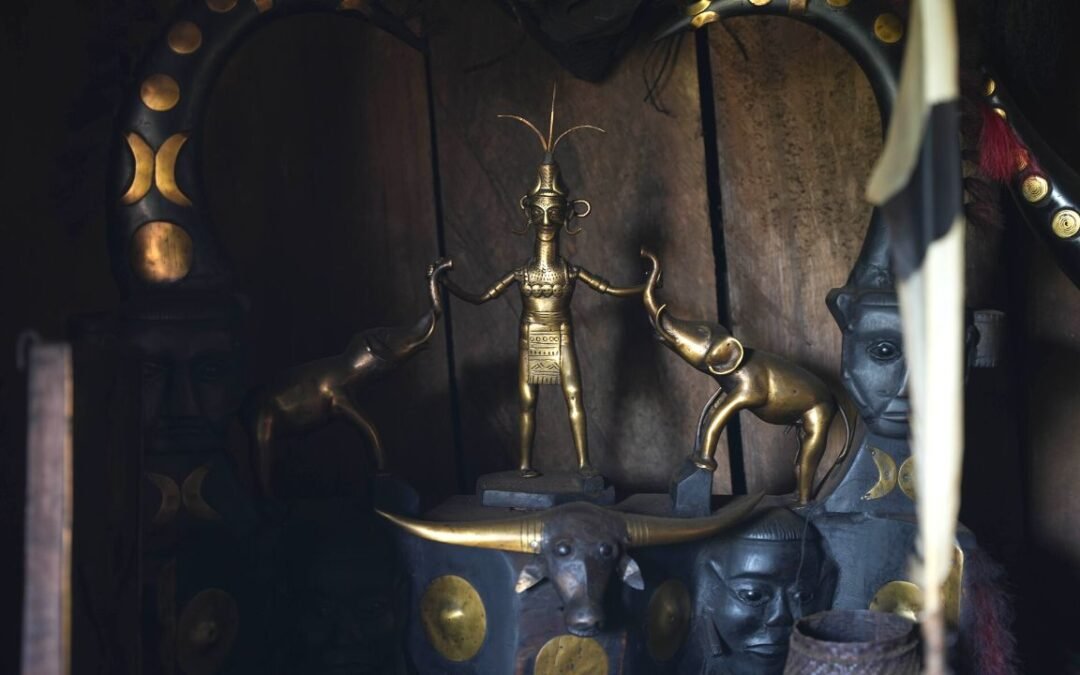
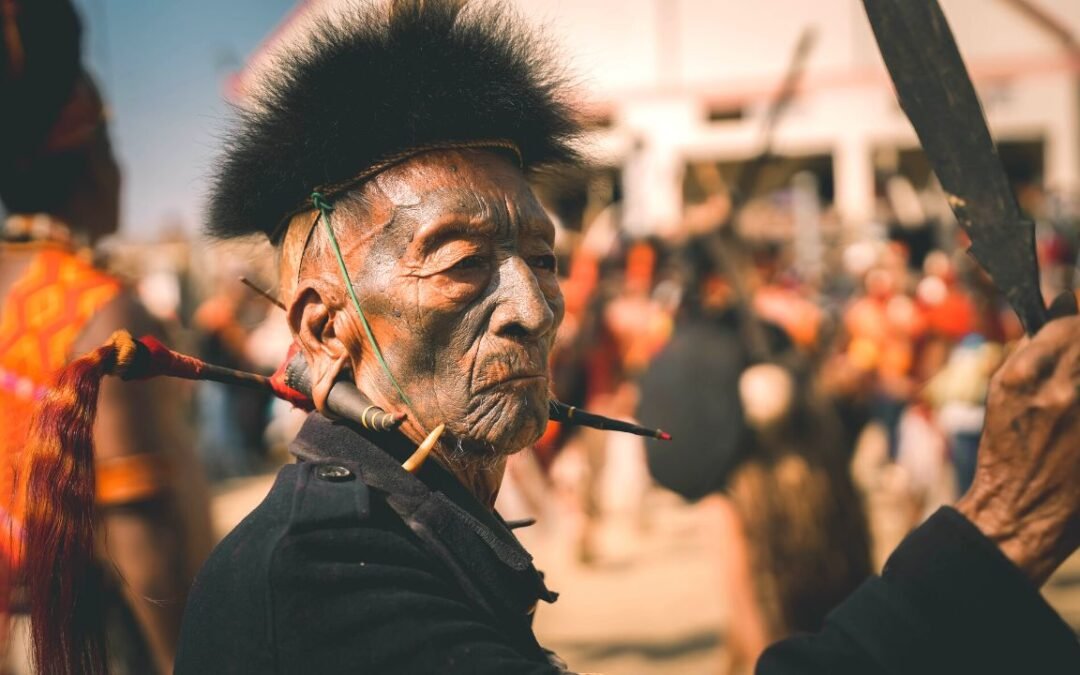
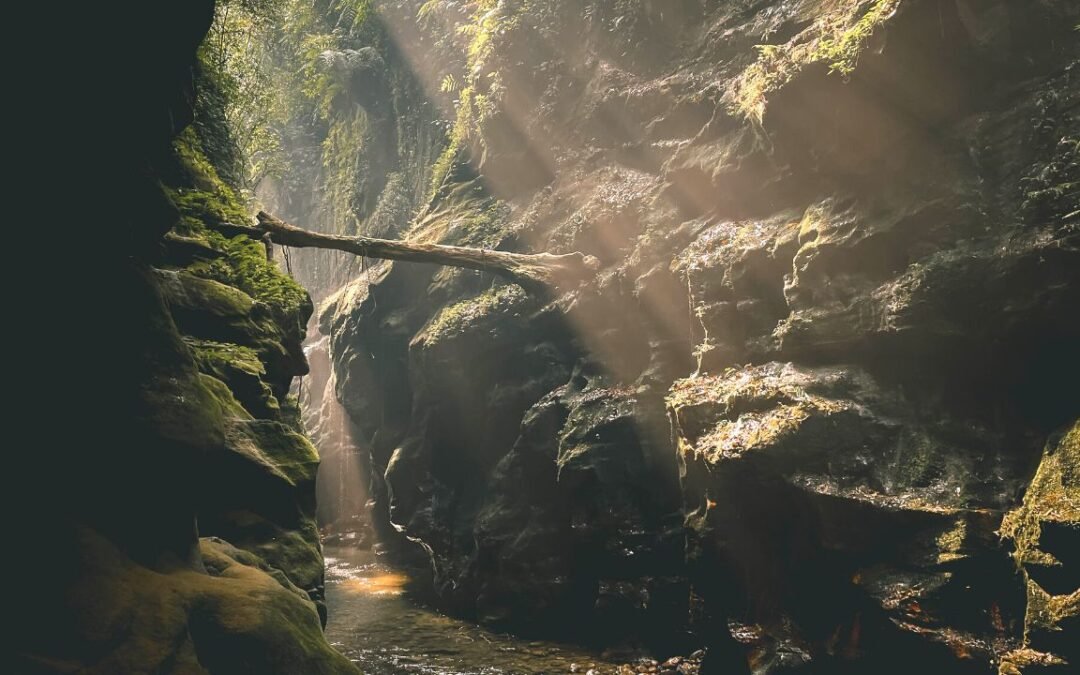
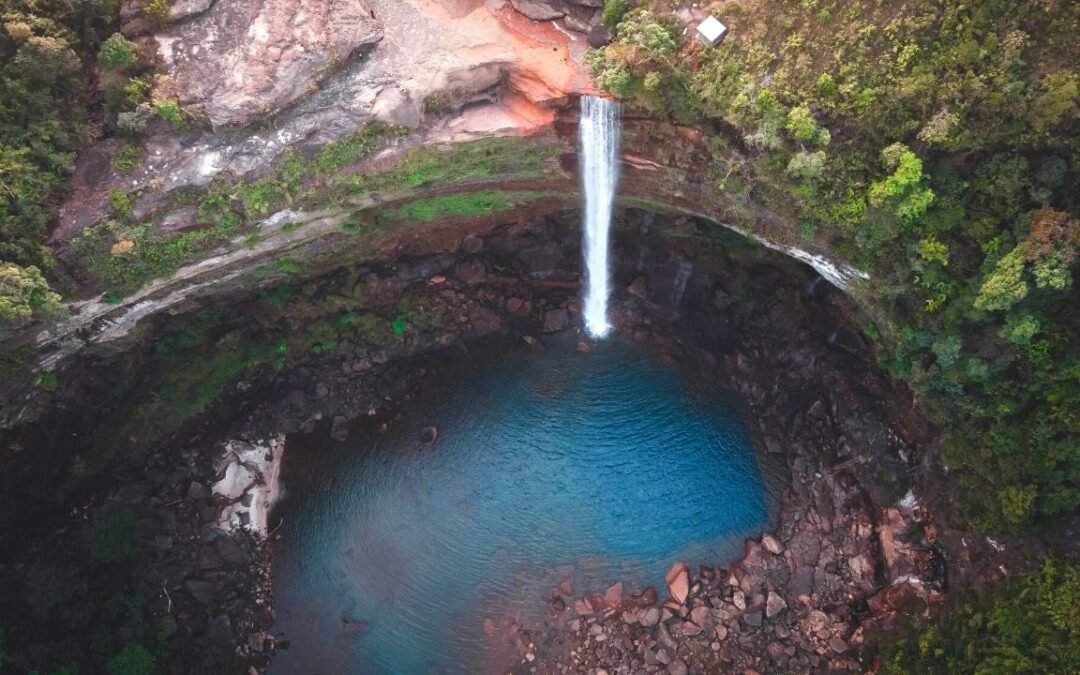
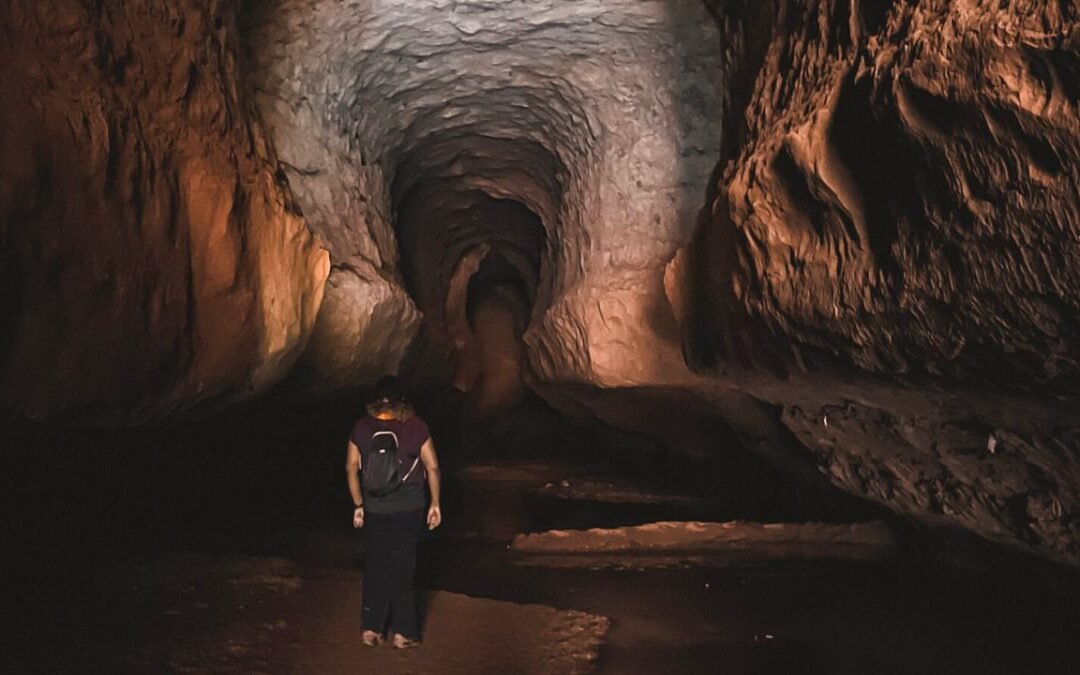
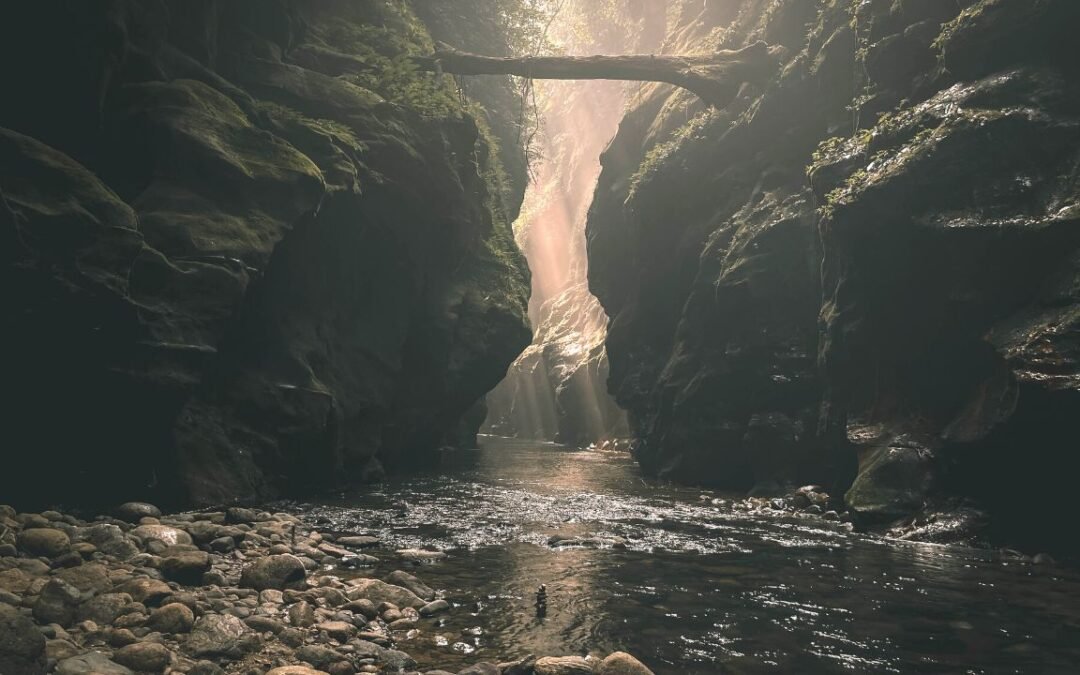
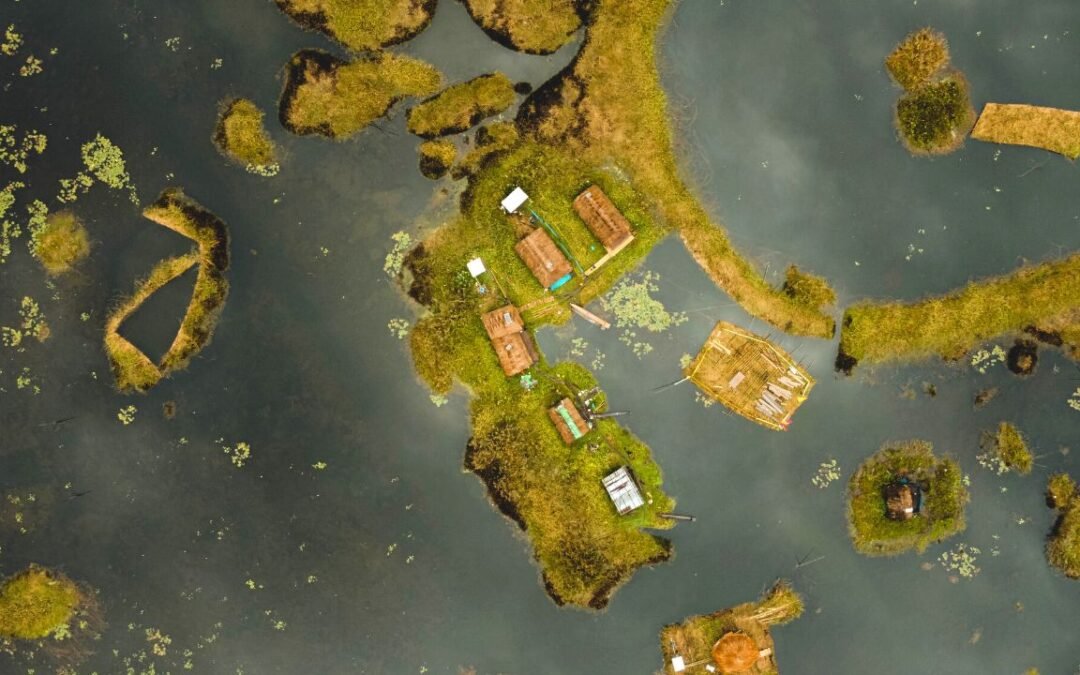
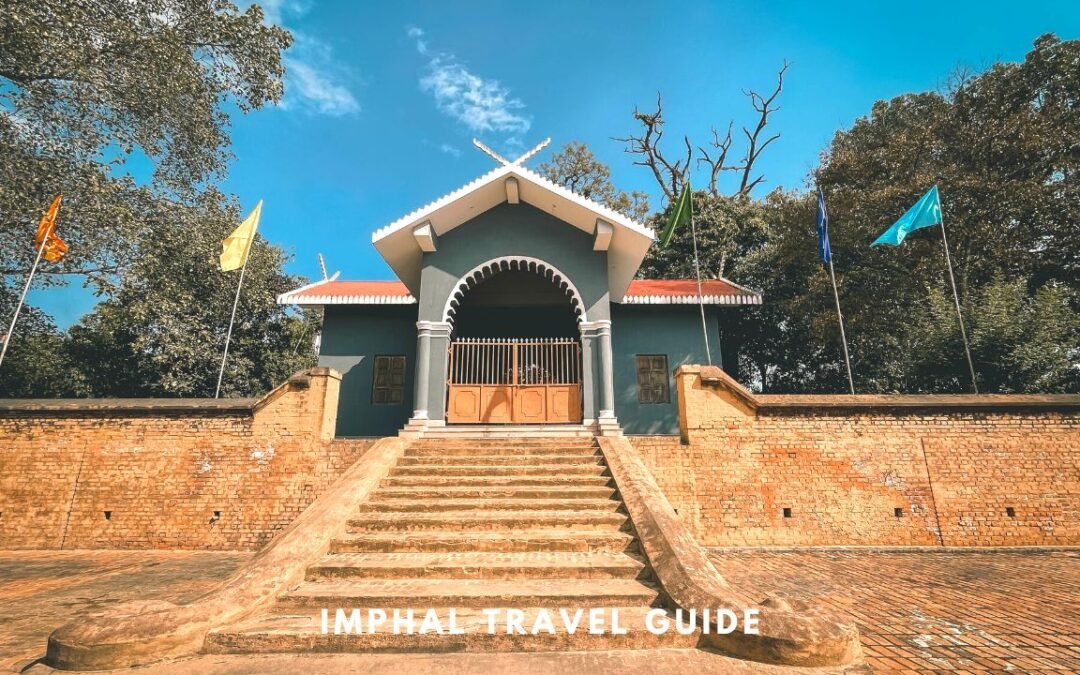
0 Comments